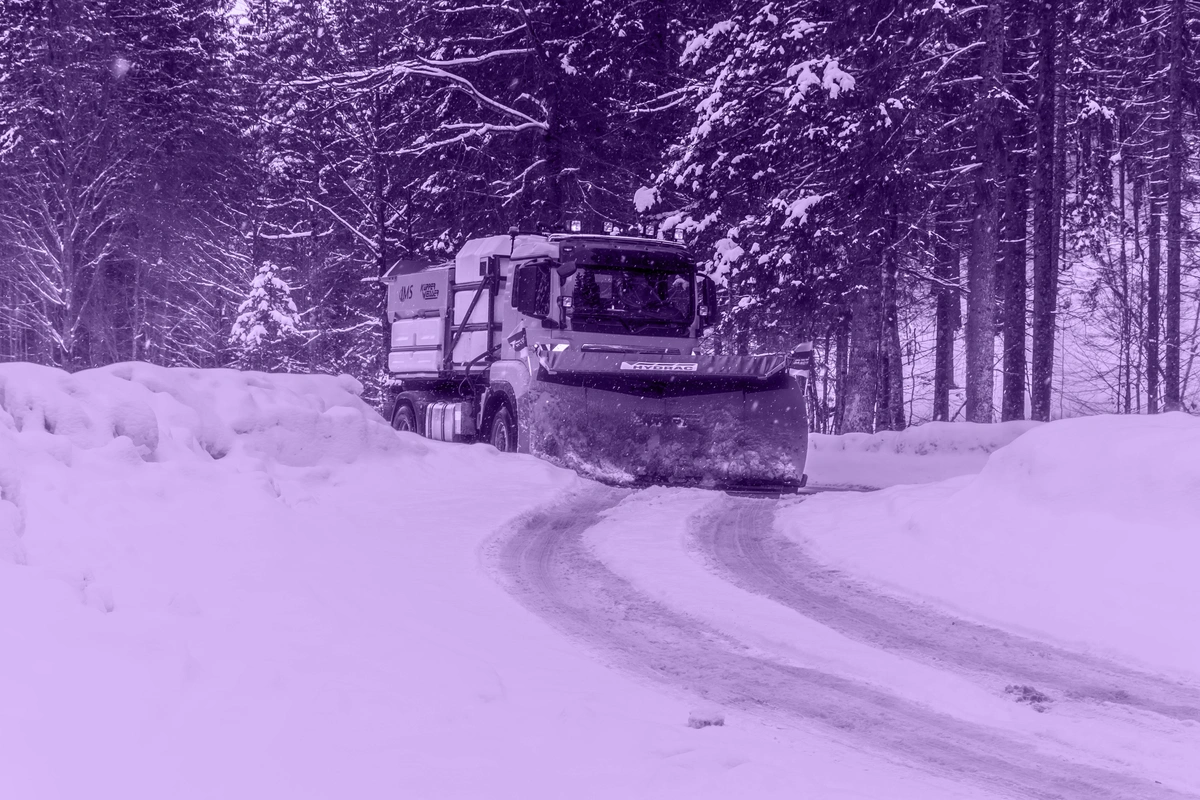1/6/2025 | Bailey Long
Winter Safety: Driving
Losing control of a car is undoubtedly one of the most frightening experiences behind the wheel. Unfortunately, it is a potential side effect when the temperatures turn frigid and the roads get slick with ice or snow.
One of the most dangerous winter driving hazards is skidding, which, at high speeds, could result in a nasty crash. To prevent an unnecessary skid, slip or accident, consider the following accident prevention techniques.
- Slow down ahead of turns and curves, as this will allow you to prepare for potential icy spots.
- When at a curve, apply power slightly to the gas and steer steadily. Do not change directions abruptly and refrain from braking suddenly.
- Be prepared for lane changes. Check your rearview mirror and blind spot, and then signal your direction to alert other motorists.
- When changing lanes, move over in a long, gradual line with minimal steering changes.
- Look out for ice patches, piles of wet leaves and shady areas. These areas are skidding hazards.
- Anticipate stops by slowing down gradually, well ahead of intersections. These areas are generally slicker than other parts of the road because of the excess starting and stopping traffic.
- Drive at reduced speeds. Slow your speed and increase your following distance behind the vehicle in front of you. This will allow for a larger buffer in case you start to lose control.
- Avoid overpowering in deep snow.
- Use a light foot on the accelerator (rather than slamming on the gas to move forward).
If You Start to Skid
If your car starts to skid, do not panic. Steer in the direction that the vehicle is sliding until you feel the wheels regain traction. Then, slowly straighten your wheels and keep rolling. If you need to brake before your tires regain traction, apply the brake carefully so that you do not lock your wheels.

